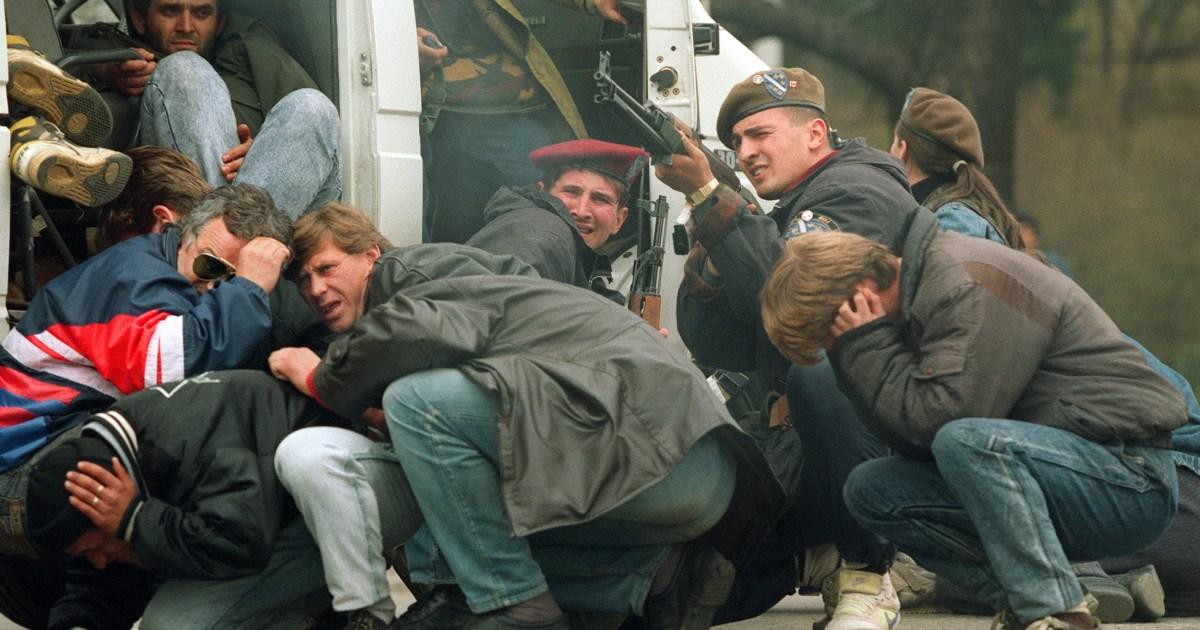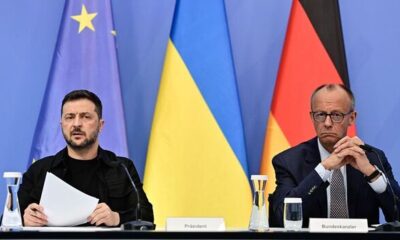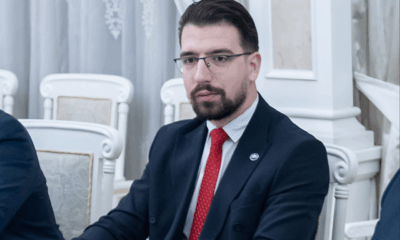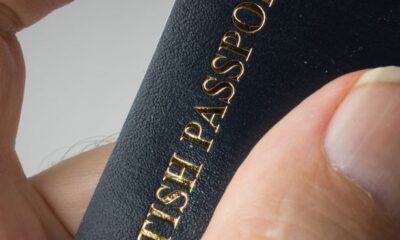World
British Tourists Allegedly Paid to Shoot Civilians in Sarajevo

Allegations have emerged that British tourists paid significant sums to shoot at civilians during the siege of Sarajevo in the 1990s. Reports suggest that these individuals participated in what has been termed “murder tourism,” joining others from various countries to engage in sniper activities as the Bosnian-Serb army besieged the city, resulting in almost 14,000 deaths.
Prosecutors in Milan have opened an investigation into claims that Italian tourists spent as much as £70,000 to partake in these activities, described by journalist and writer Ezio Gavazzeni. He revealed to El Mundo that citizens from the UK, Italy, Germany, France, Spain, the US, and Canada traveled to Sarajevo, where they allegedly targeted children, adults, and the elderly while taking advantage of the chaos.
Gavazzeni expressed his astonishment that these events had gone largely unexamined for over three decades. “I was surprised when the rumors circulated about what was happening in Sarajevo without anyone investigating it further,” he said. His hope is that this investigation could spark a broader inquiry into these alleged activities.
Documentary and Investigative Findings
The issue gained renewed attention following the release of the documentary “Sarajevo Safari” in 2022, which has yet to be acquired by any Western television network. Gavazzeni noted that he has been in communication with individuals, including a member of the Bosnian secret service, who has corroborated the existence of “sniper tourists.”
He described these tourists as wealthy individuals motivated by personal satisfaction rather than political or religious ideologies. “We are talking about people who love guns who perhaps go to shooting ranges or on safari in Africa,” Gavazzeni added.
According to his findings, these tourists would gather in the northern Italian city of Trieste before traveling to Belgrade. From there, they would be escorted by Bosnian-Serb soldiers to the hills surrounding Sarajevo, where they allegedly paid additional fees to shoot at civilians with sniper rifles.
Historical Context and Consequences
The siege of Sarajevo lasted from 1992 to 1995, marking the longest military blockade in modern history. It resulted in the deaths of 13,952 people, including 5,434 civilians. The siege was part of the broader Bosnian War, which claimed over 100,000 lives and displaced approximately 2 million people.
The former Bosnian Serb political leader Radovan Karadzic and Stanislav Galic, commander of the Bosnian Serb Army’s Sarajevo-Romanija Corps, were both convicted of war crimes and crimes against humanity at The Hague. They received life sentences for their roles in the attacks against civilians during the siege.
Gavazzeni’s efforts to bring attention to this issue come at a time when the memories of the siege remain vivid for many in the region. He criticized the lack of interest from authorities in pursuing investigations into these alleged war crimes, suggesting that the individuals involved may be protected due to their wealth and influence.
As the investigation unfolds, it may shed light on the disturbing phenomenon of tourists engaging in violent acts under the guise of recreation, further complicating the historical narrative of the Bosnian War.
-

 Entertainment3 months ago
Entertainment3 months agoAnn Ming Reflects on ITV’s ‘I Fought the Law’ Drama
-

 Entertainment4 months ago
Entertainment4 months agoKate Garraway Sells £2 Million Home Amid Financial Struggles
-

 Health2 months ago
Health2 months agoKatie Price Faces New Health Concerns After Cancer Symptoms Resurface
-

 Entertainment3 months ago
Entertainment3 months agoCoronation Street’s Carl Webster Faces Trouble with New Affairs
-

 Entertainment2 months ago
Entertainment2 months agoWhere is Tinder Swindler Simon Leviev? Latest Updates Revealed
-

 Entertainment4 months ago
Entertainment4 months agoKim Cattrall Posts Cryptic Message After HBO’s Sequel Cancellation
-

 Science4 weeks ago
Science4 weeks agoBrian Cox Addresses Claims of Alien Probe in 3I/ATLAS Discovery
-

 Entertainment4 months ago
Entertainment4 months agoMarkiplier Addresses AI Controversy During Livestream Response
-

 Entertainment2 months ago
Entertainment2 months agoOlivia Attwood Opens Up About Fallout with Former Best Friend
-

 Entertainment3 months ago
Entertainment3 months agoMasterChef Faces Turmoil as Tom Kerridge Withdraws from Hosting Role
-

 Entertainment4 months ago
Entertainment4 months agoSpeculation Surrounds Home and Away as Cast Departures Mount
-

 World2 months ago
World2 months agoCole Palmer’s Mysterious Message to Kobbie Mainoo Sparks Speculation



















